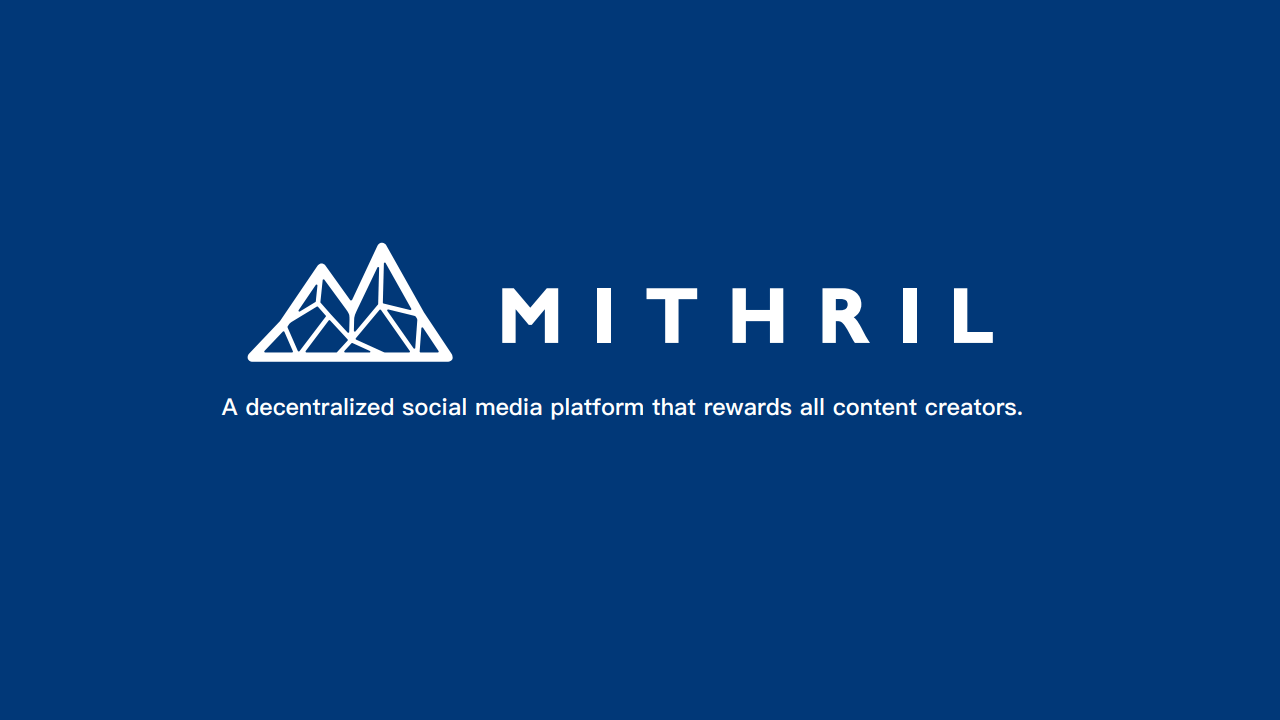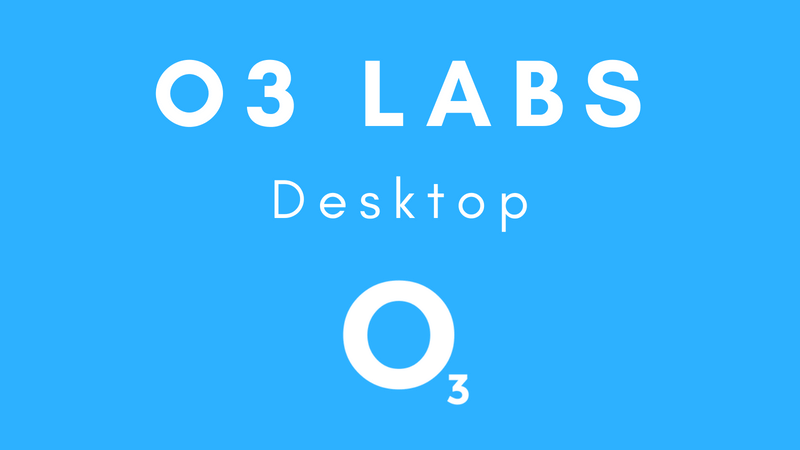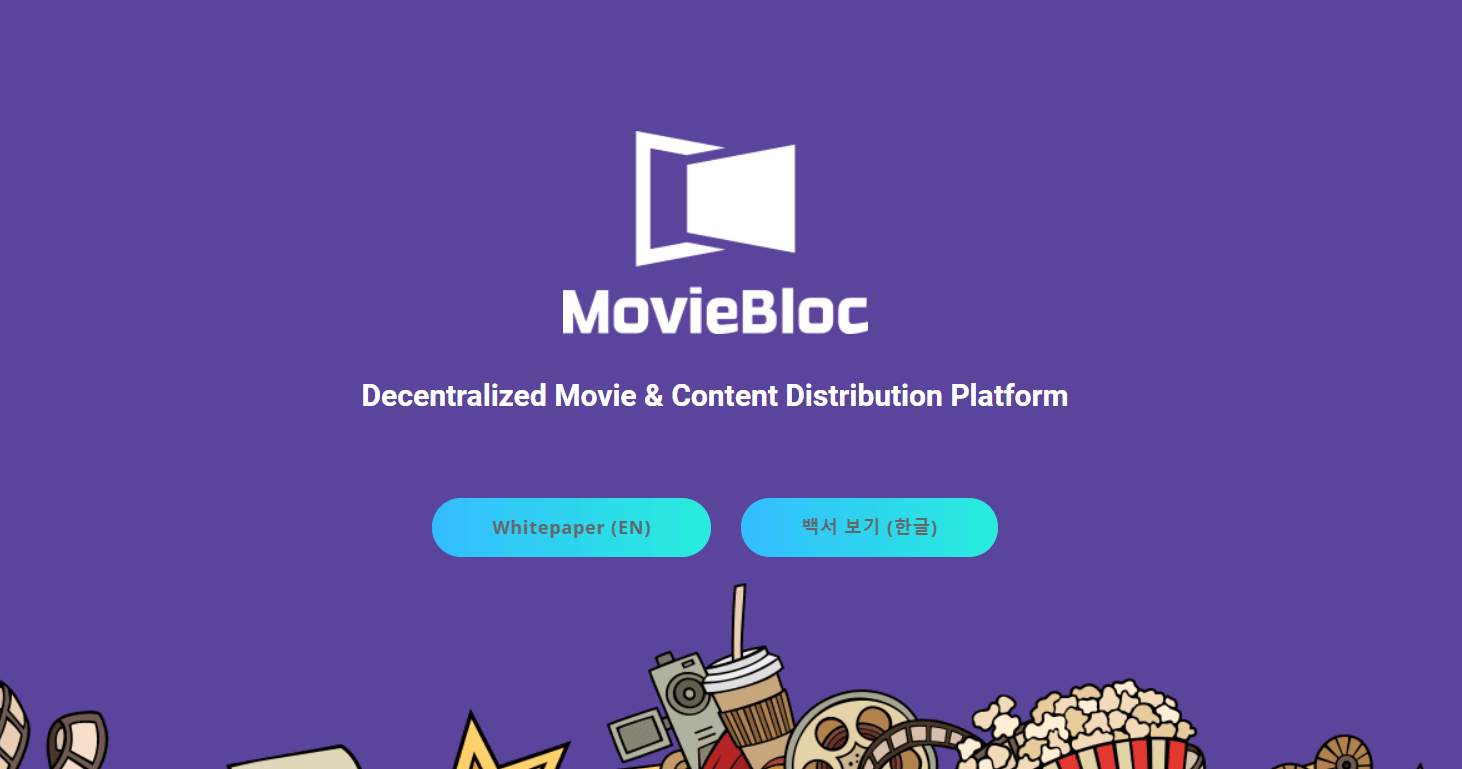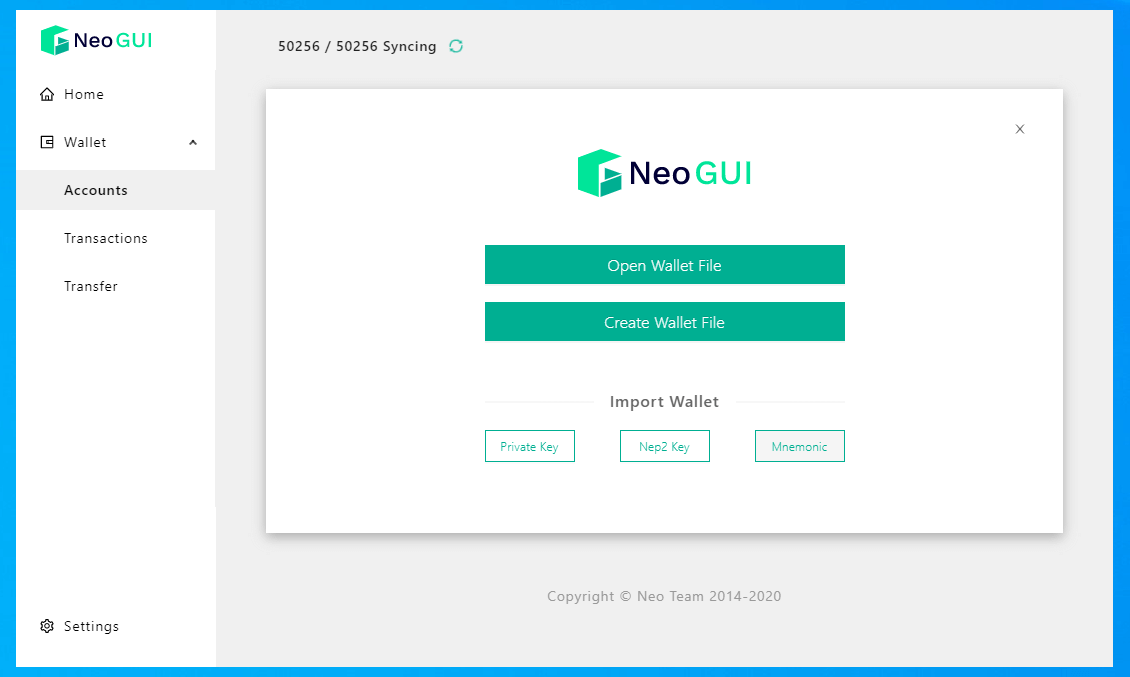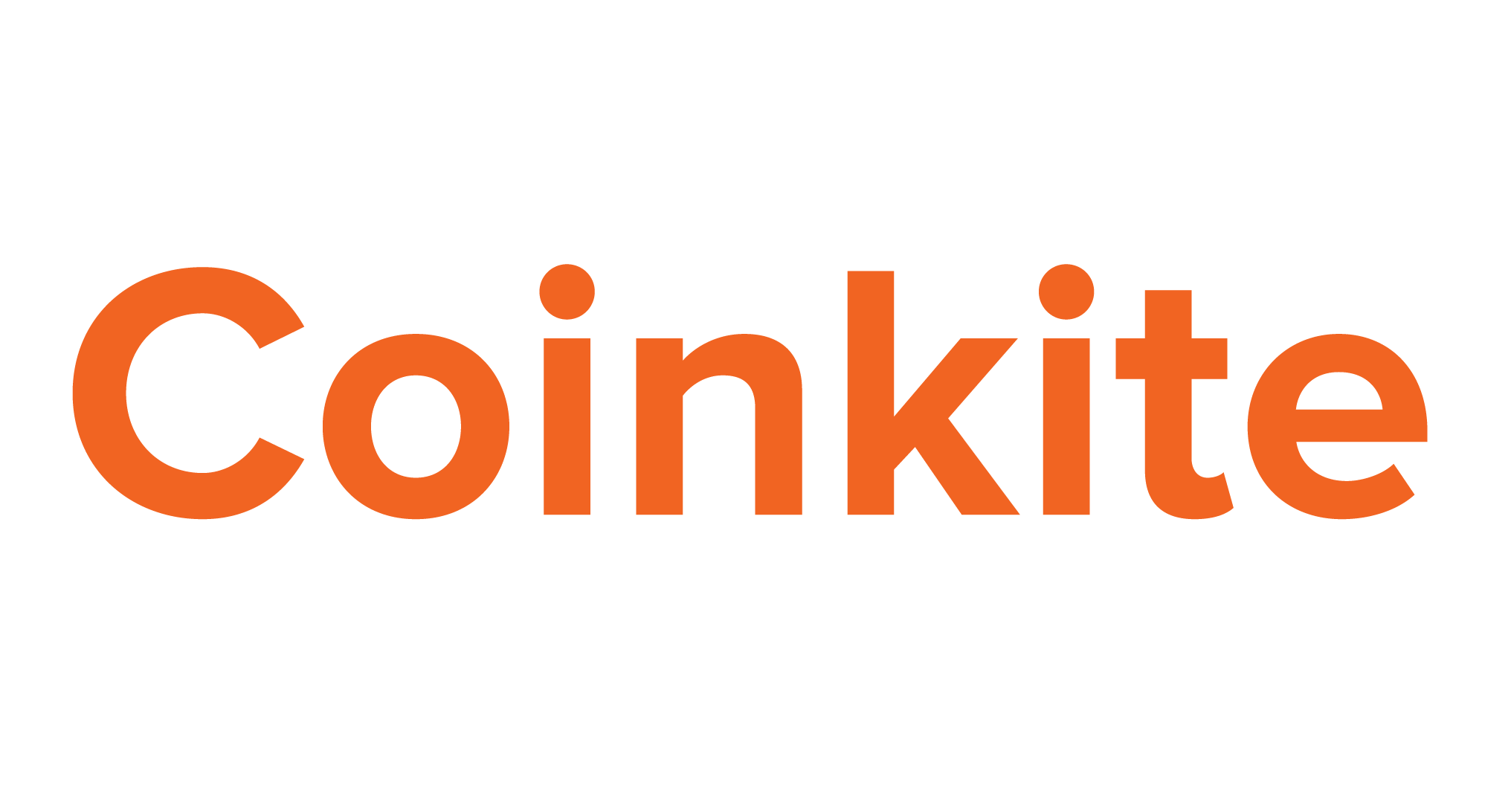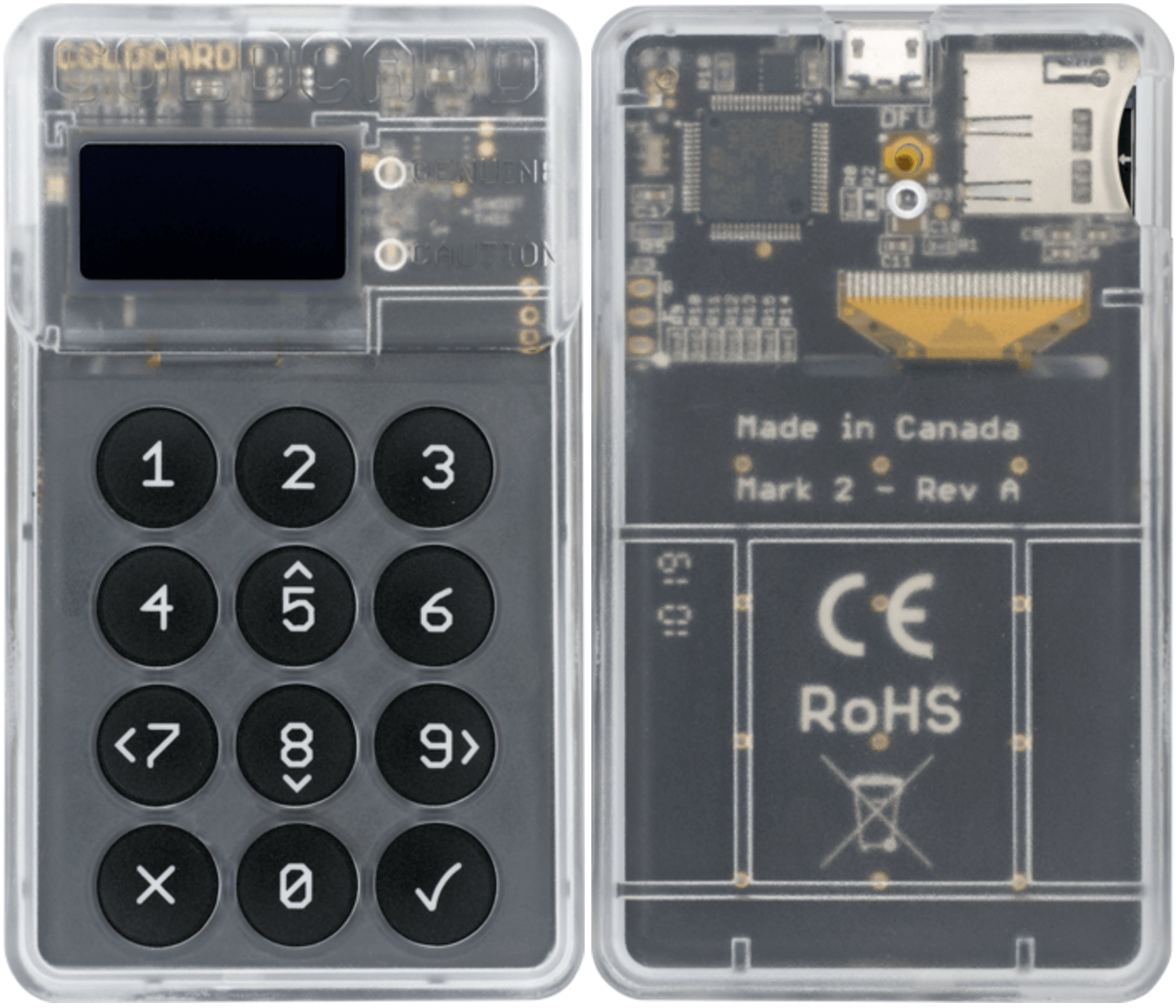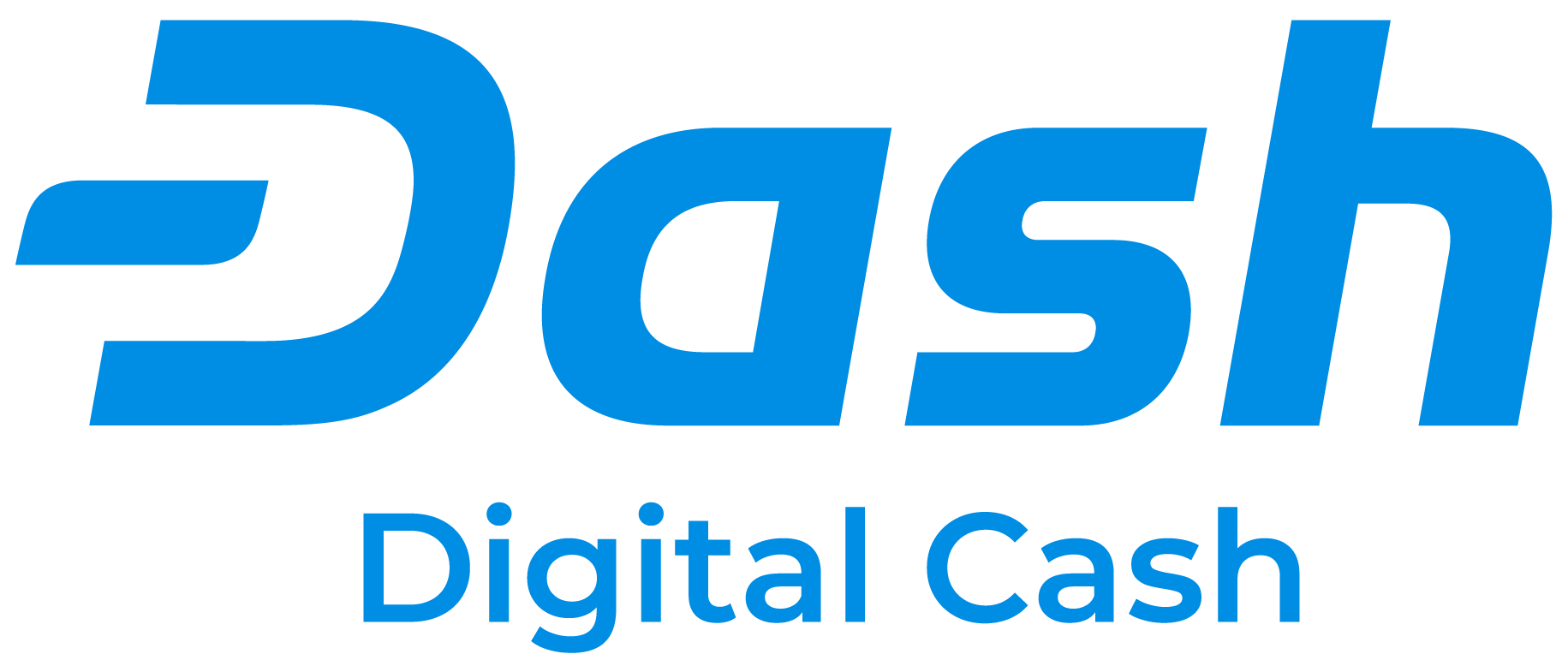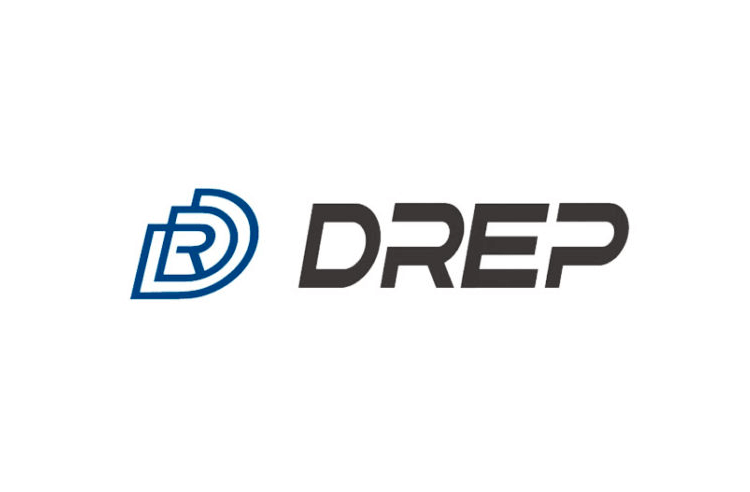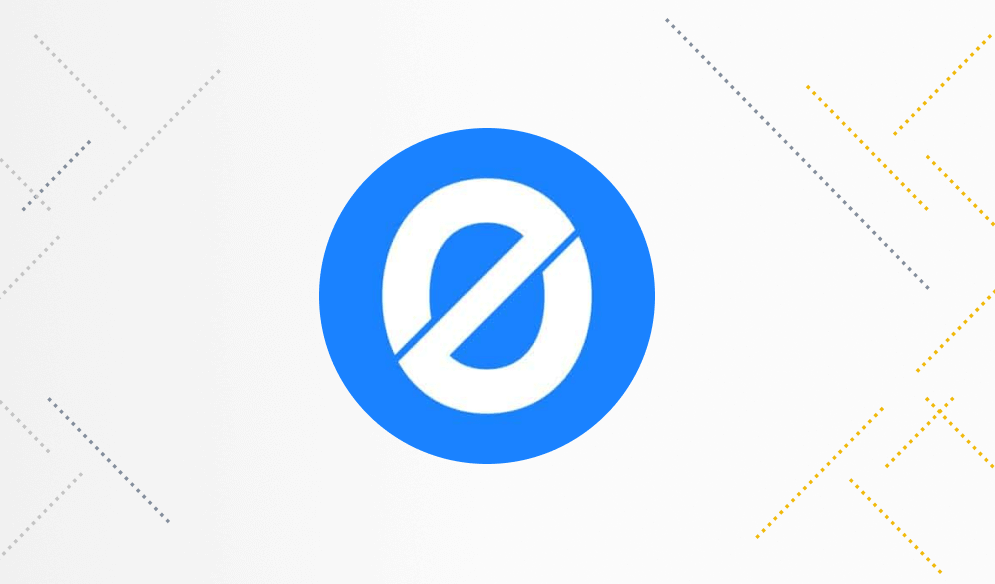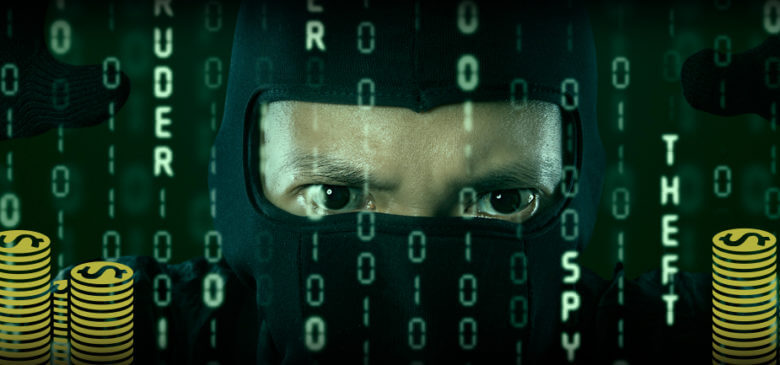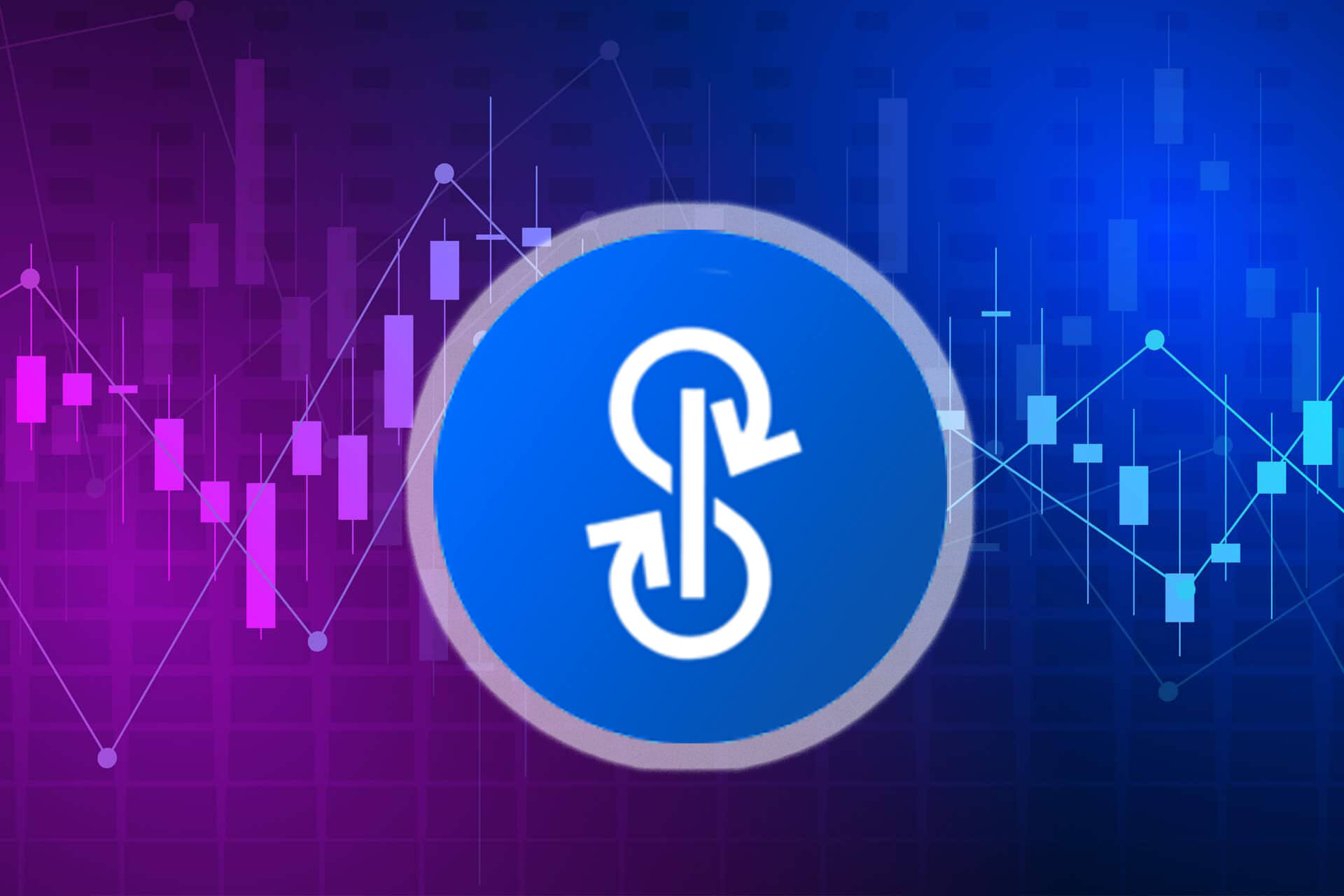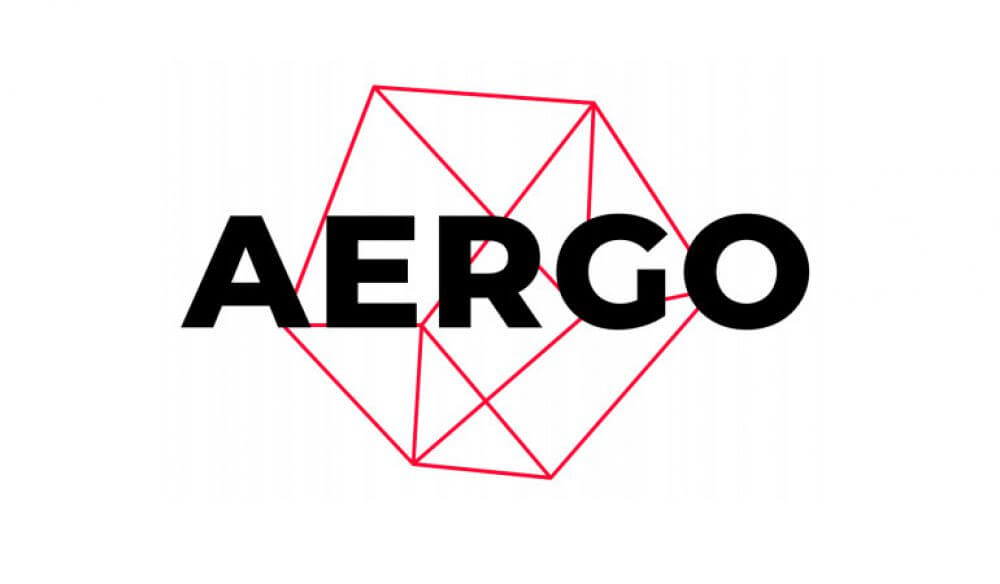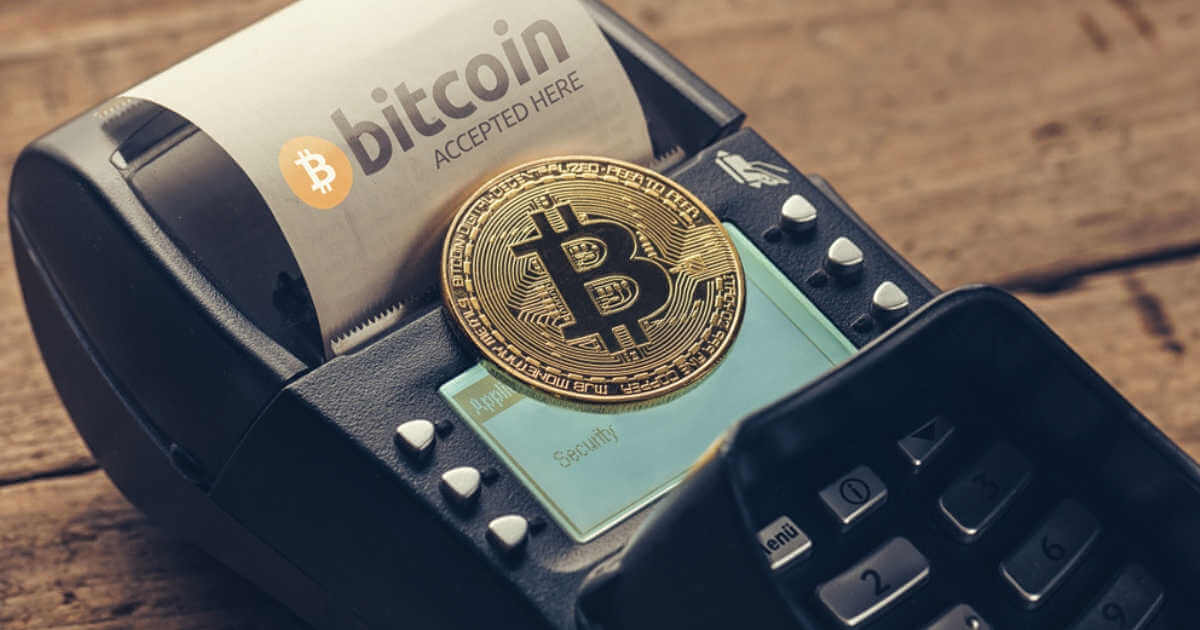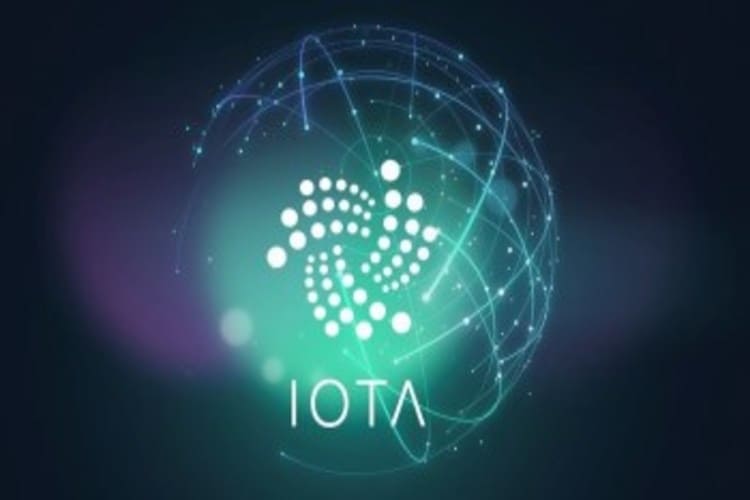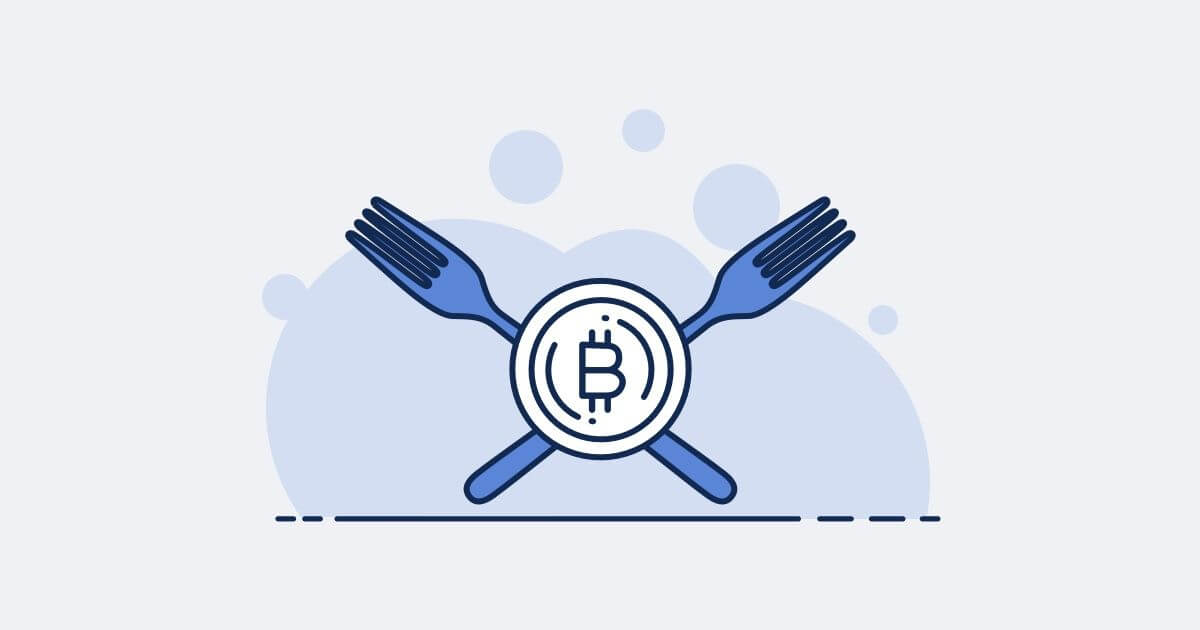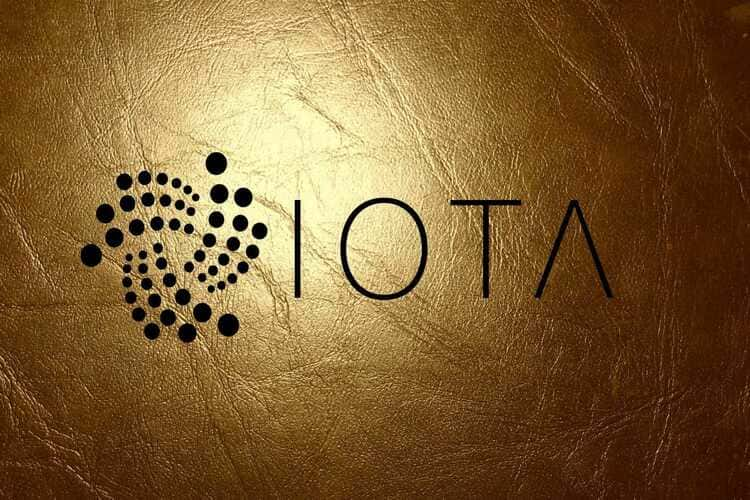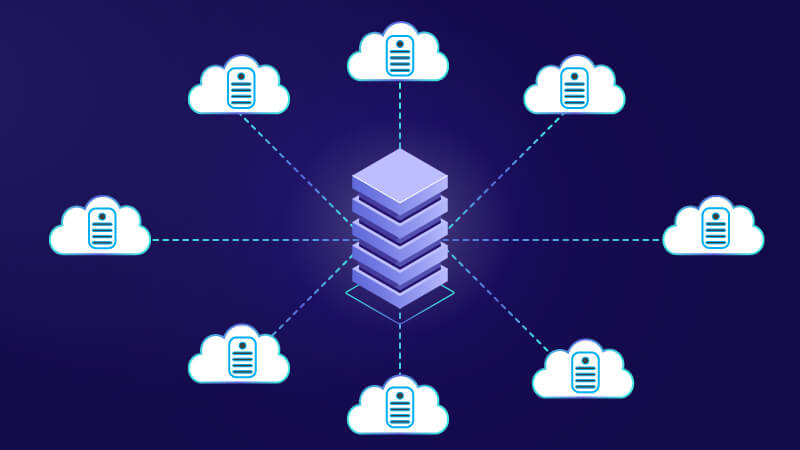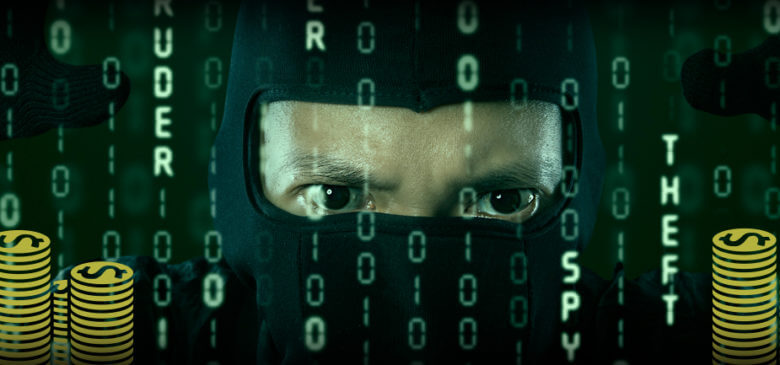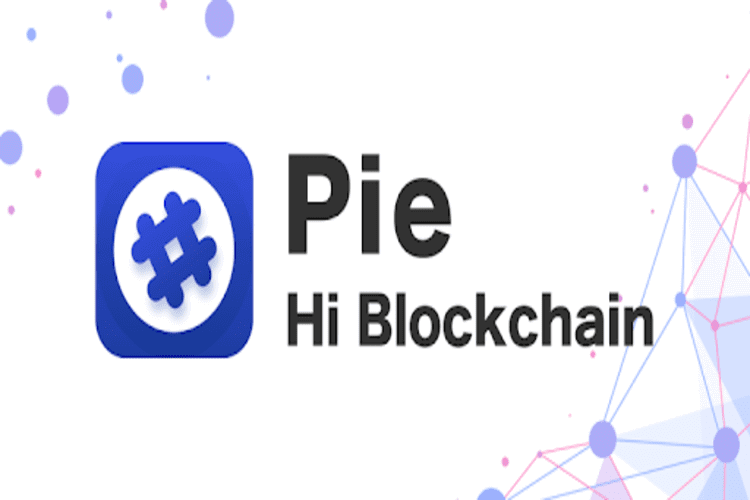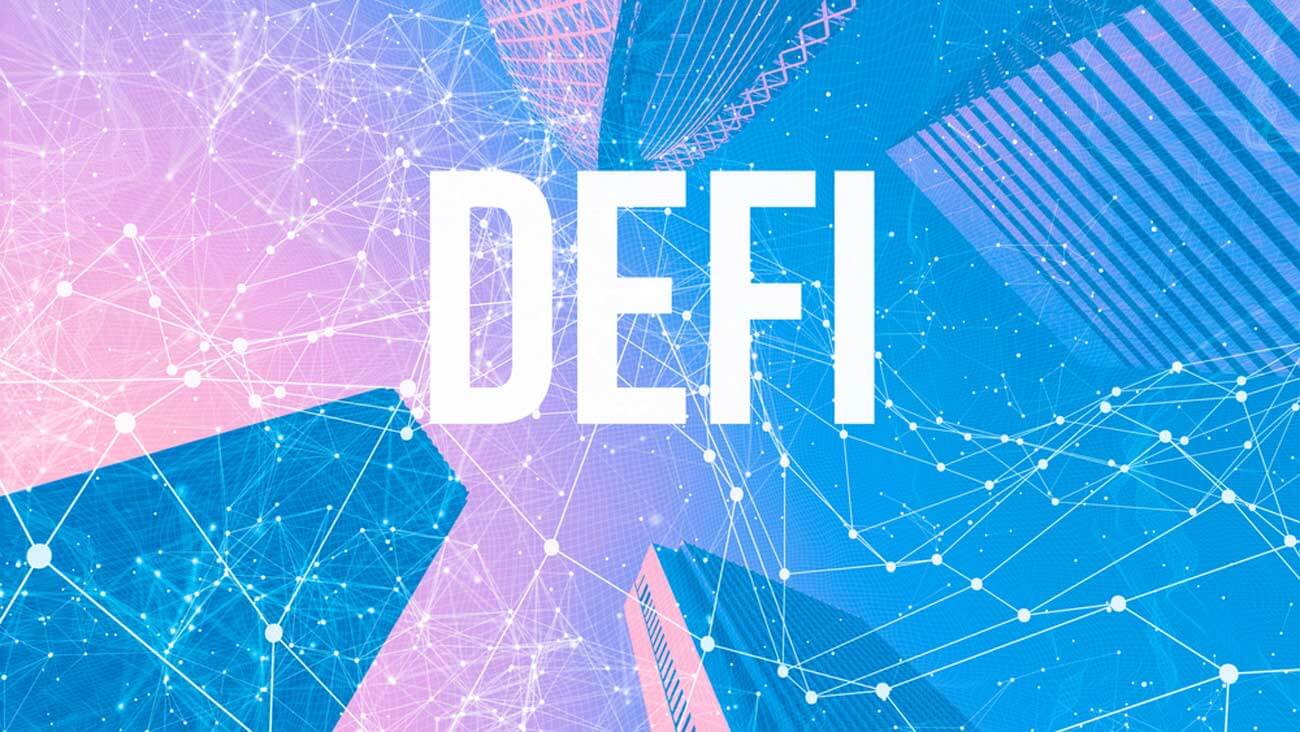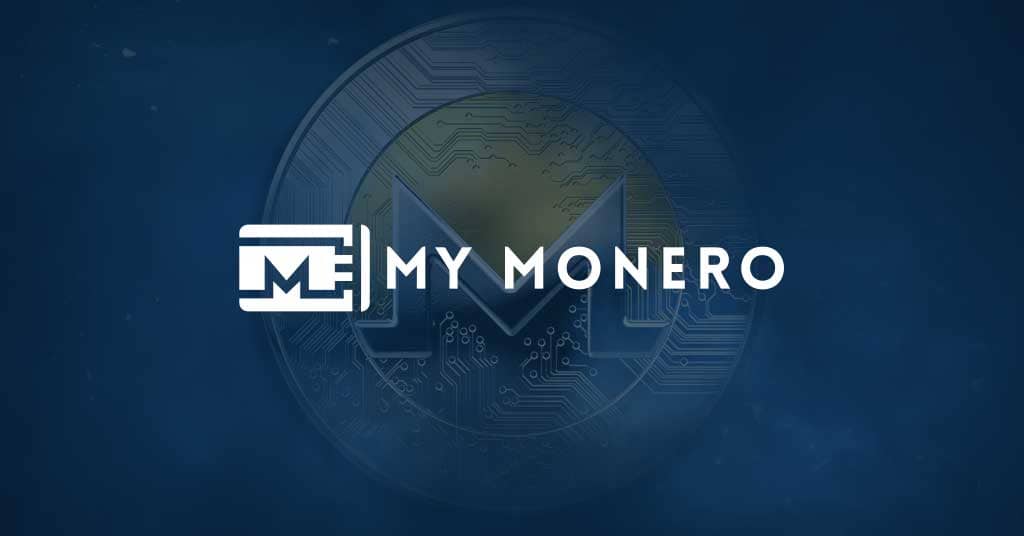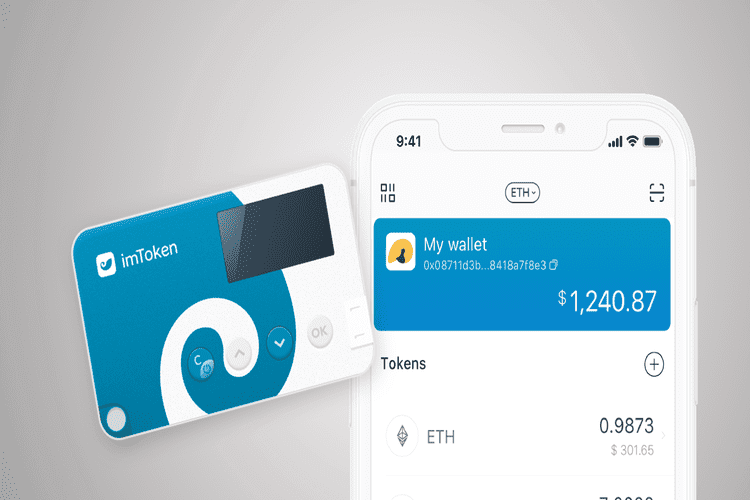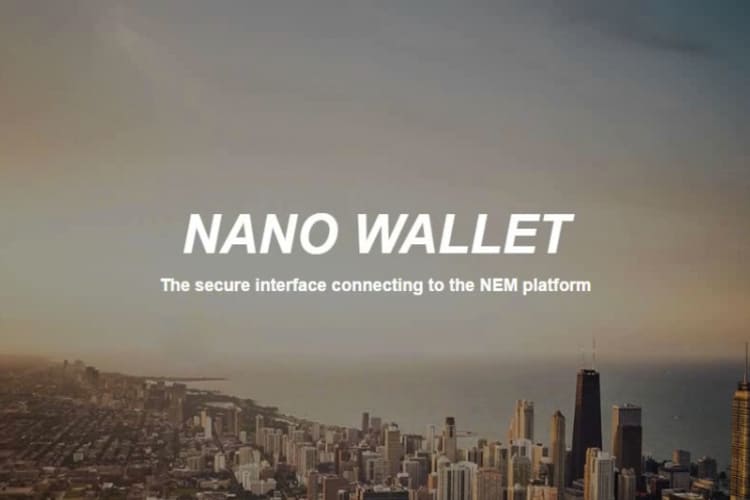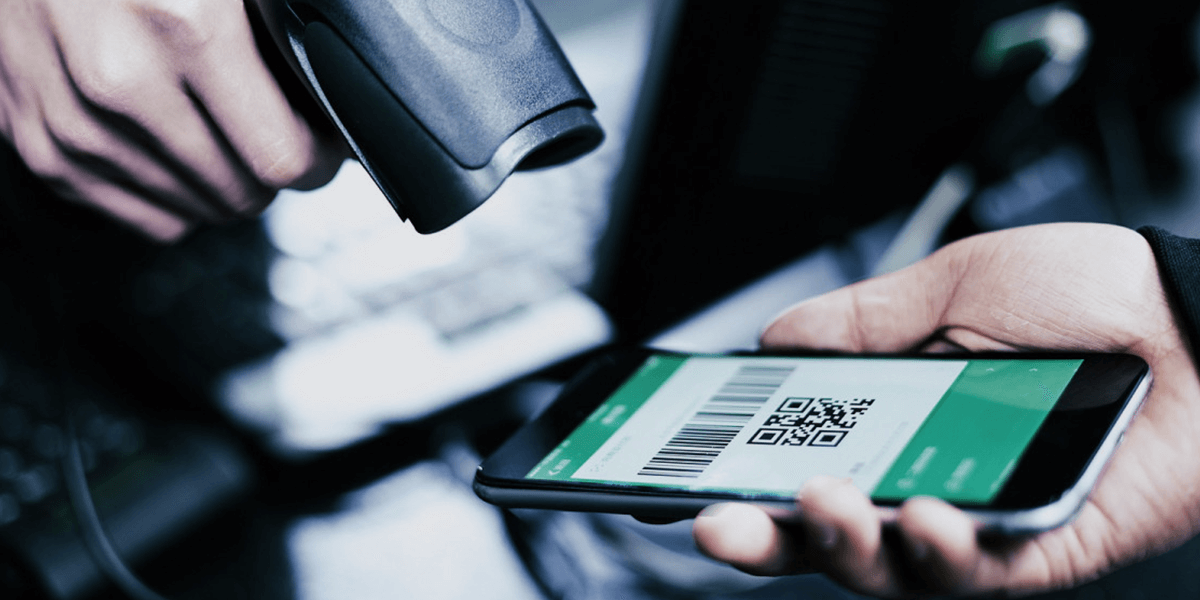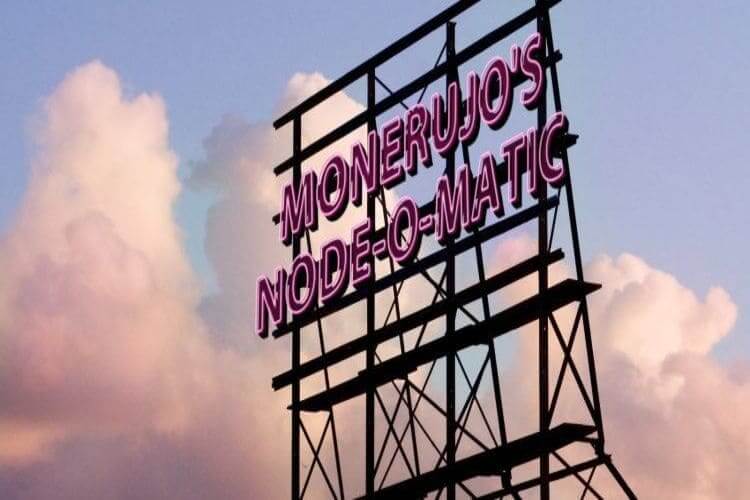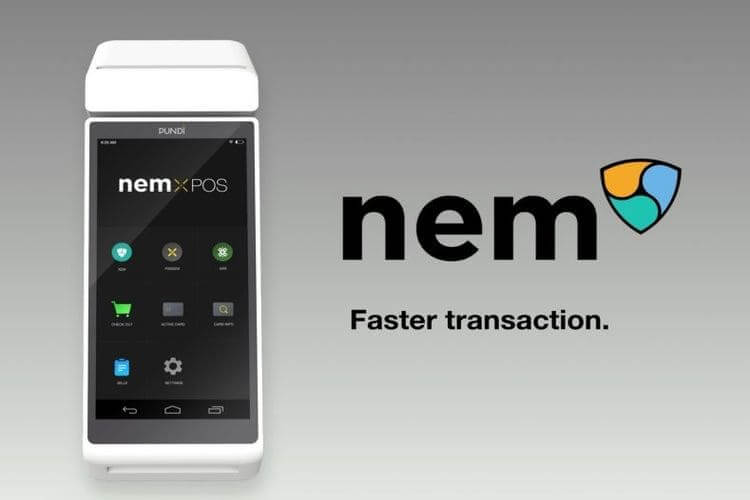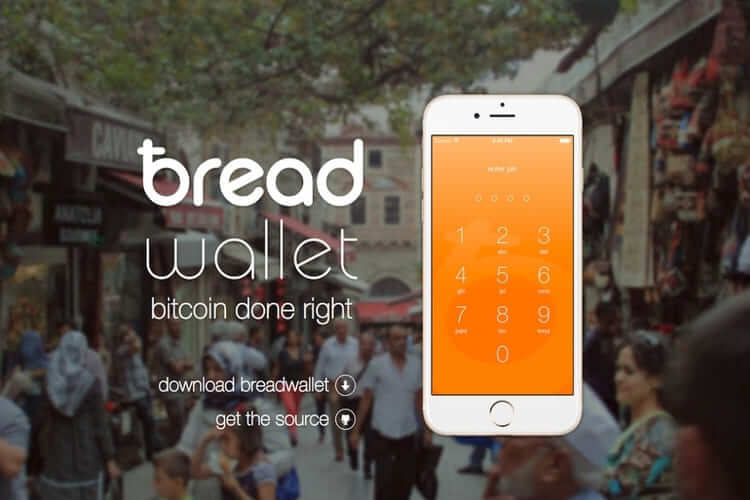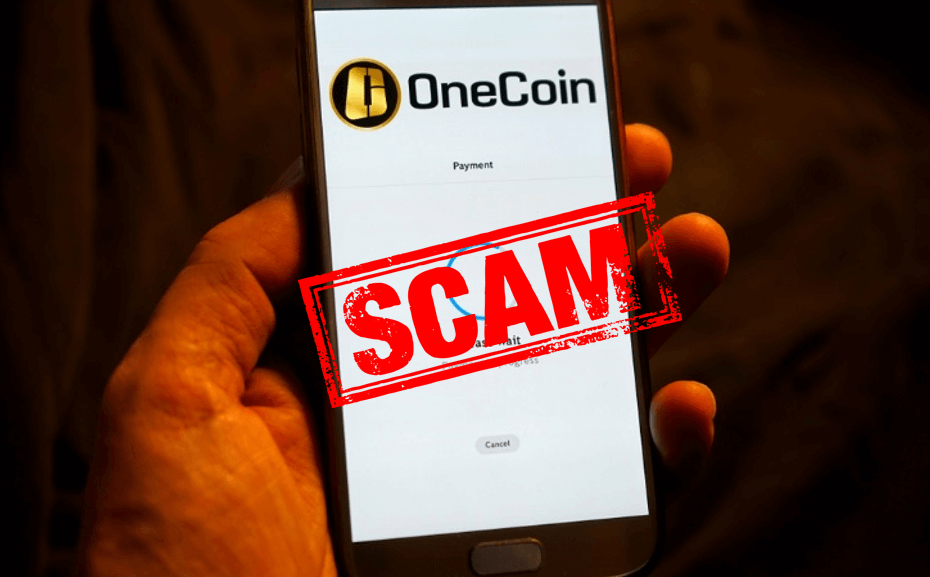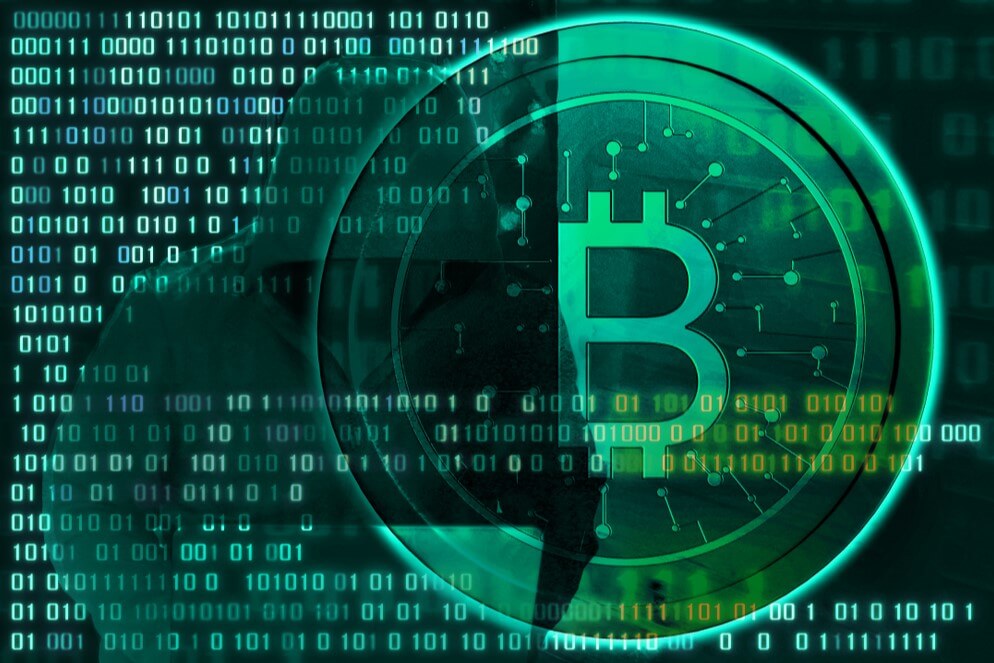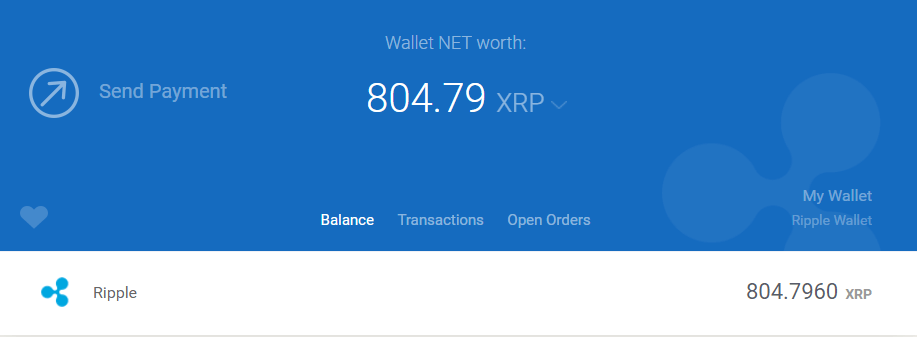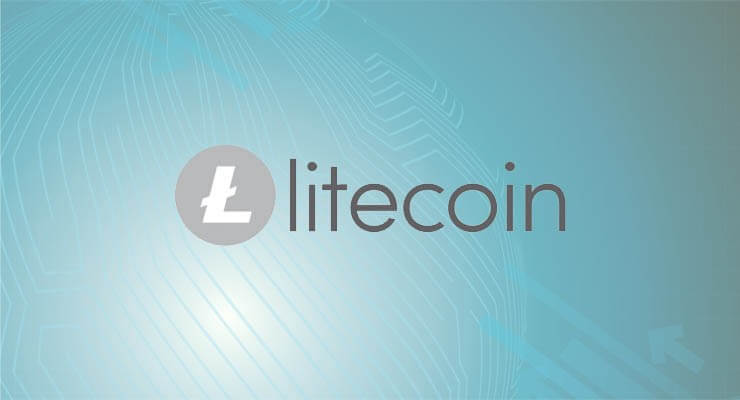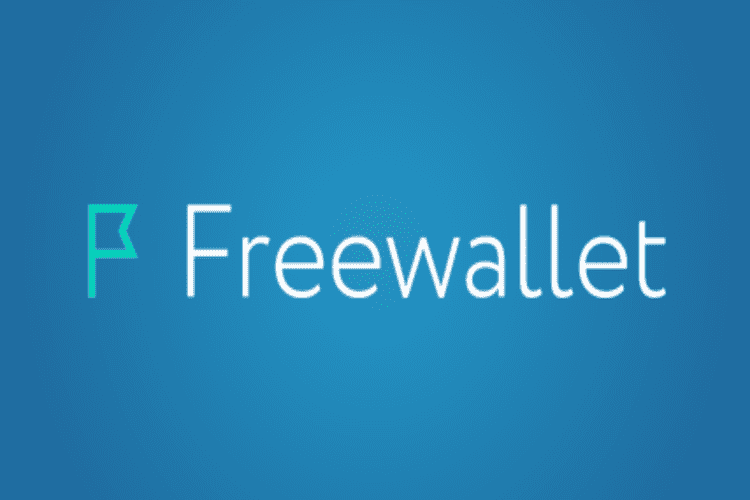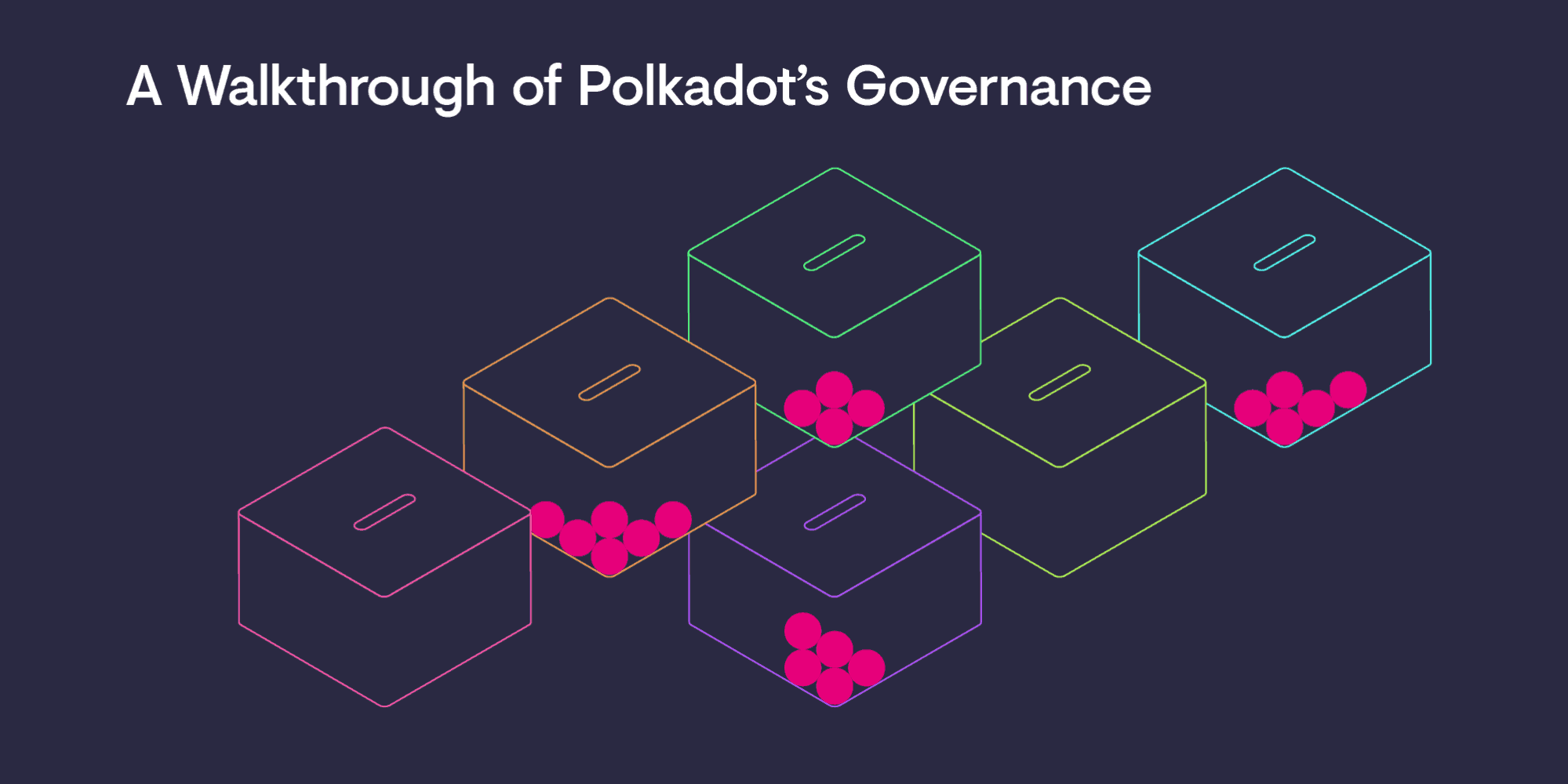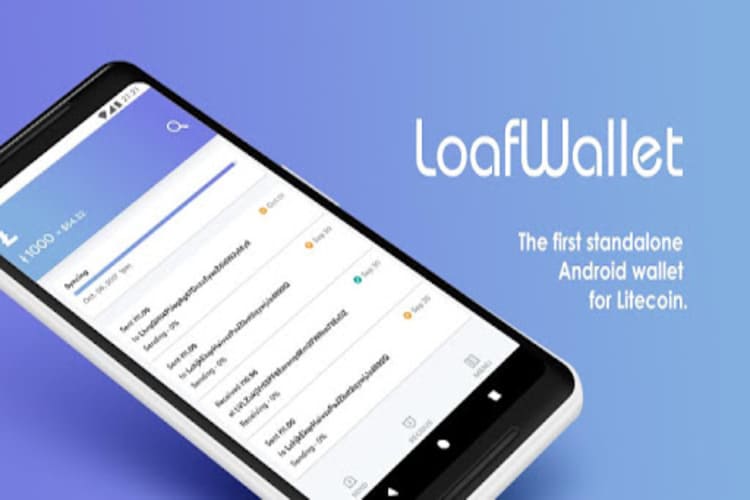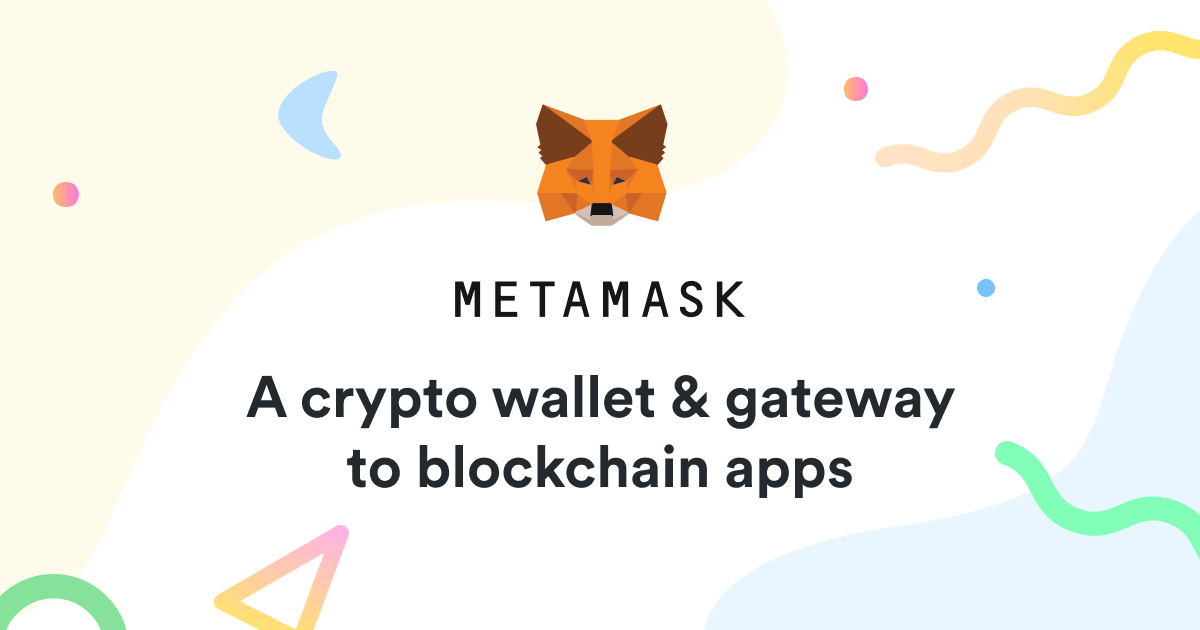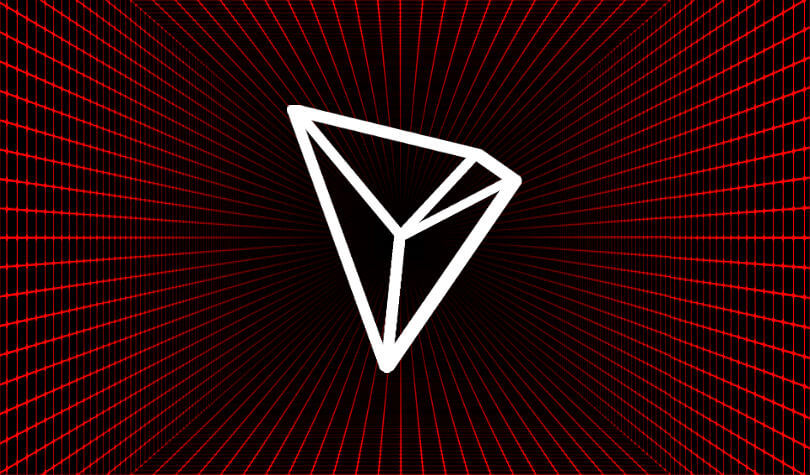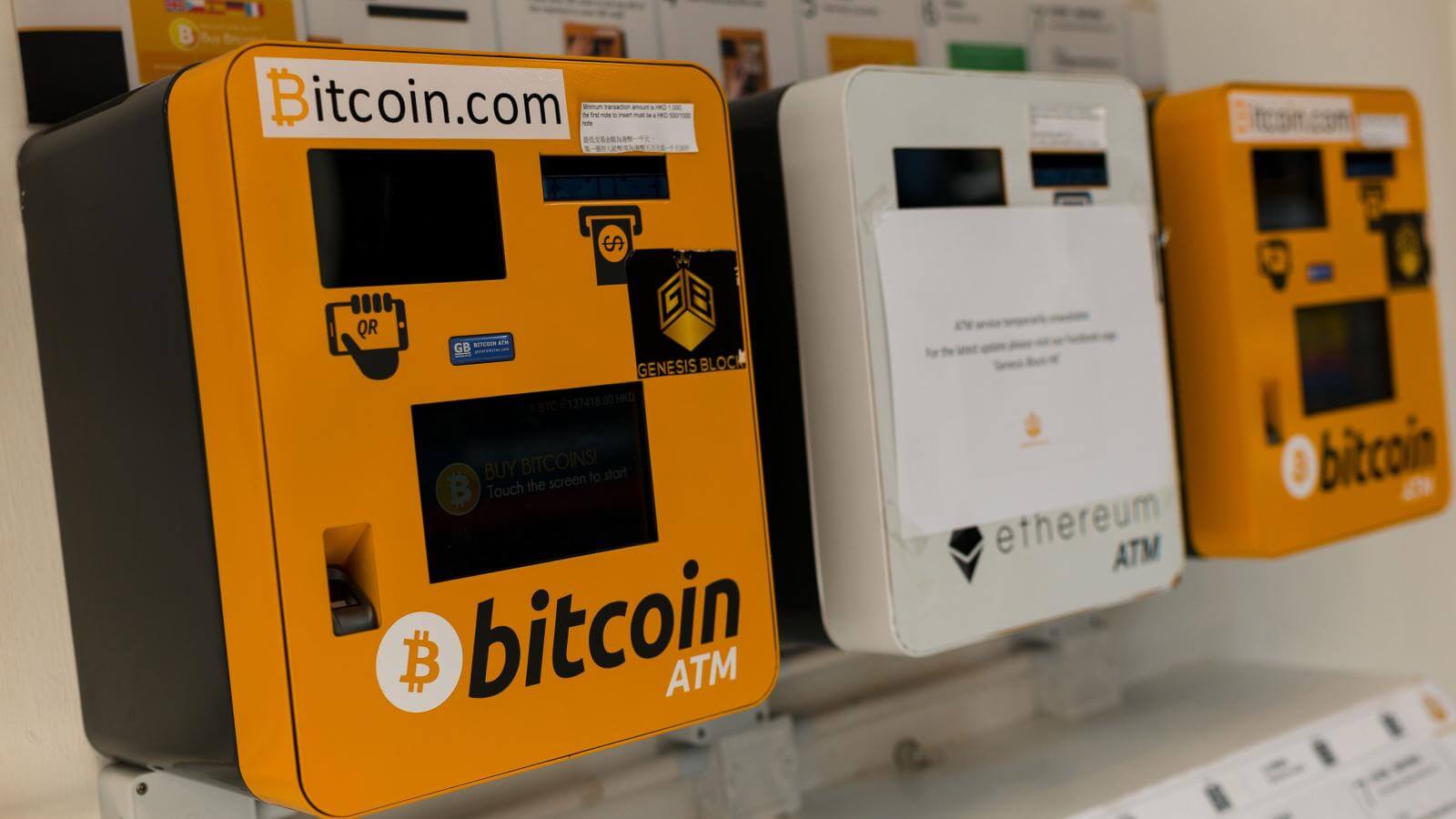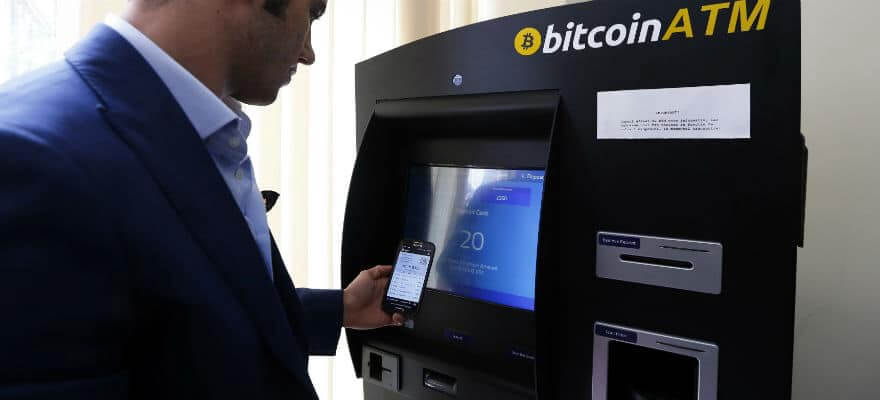We live in a highly socialized internet age. Applications like Facebook, Twitter, and Linkedin have a combined user base of billions. And these users utilize these platforms for the financial benefit of the platform’s owners, while they (users) walk away with nothing. This is unfair to users, especially because it’s their user-generated content that keeps these platforms alive.
Then there’s the hot-button issue of social media privacy or lack of it. Recent scandals like Facebook’s Cambridge Analytica saga have cast aspersions on the industry in general. The question of whether we should trust these entities to protect our data is more pertinent than ever before.
There’s also the increasingly strong sentiment that users should be compensated for their contribution to these platforms. After all, content generators such as singers, writers, and songwriters make money from the content. What about individuals who create content outside of this professional model? We, the users of these platforms, are the reason the owners are able to generate economic value. Surely we should get a share of that value?
This is the school of thought that the Mithril team subscribes to. As people from all walks of life contribute value through video blogs, live streams, and more, Mithril believes that “everyone who adds value to the network should benefit from their work.”
To create an ecosystem where every participant is compensated for their work, Mithril has created a token known as MITH. The MITH token will serve as the pivot point for user rewards. On Mithril, the more network value you bring to the network, the more you earn. On the network, too, your data is highly secured, thanks to a decentralized and cryptographically-secured network.
Understanding Mithril
Mithril is a decentralized ecosystem for social networks. Content contributors are rewarded via a “social mining” process. Social mining incentivizes various ecosystem participants to be active and get rewarded with MITH tokens. It also allows content publishers to earn value from that content. Consumers of that content, for their part, can earn value for interacting (liking, sharing, and commenting) with that content.
Mithril has three core components that interact with each other to achieve a fully-functioning ecosystem.
#1. MITH Token
MITH is the native cryptocurrency of the platform. Both content creators and consumers can earn it for their contribution to the ecosystem. It can also be staked, traded with other cryptocurrencies, and used for payments in the ecosystem.
#2. Lit
Lit is a social media app and the first to implement the social mining process. Lit features an instant messaging tool and a Stories and Explore section.
#3. Mithril Vault
Mithril Vault is a wallet that allows you to store your MITH rewards. On Vault, you can also stake your MITH tokens or trade them for other crypto assets. When you win MITH rewards through social mining, they are held in the Mithril Vault. The wallet also facilitates seamless payments for goods and services.
What’s Social Mining Really About?
Mithril introduced the concept of social mining. The underlying idea is pretty simple. Users generate engaging content and earn MITH. A user’s rewards are directly proportionate to their influence and reach within the community. It all comes down to the network value a user brings to the platform.
35% (350 million) of the total supply will go to social mining in the next several years. The amount that is available for this purpose will be halved every year for a predetermined period. After this period is over, 350 million tokens will have been distributed.
MITH Token
The MITH token previously ran on top of the Ethereum blockchain but has since migrated to the Binance chain. It plays three major roles in the Mithril ecosystem:
- Social mining – as a user, you can earn MITH via generating and publishing content, liking, sharing, and commenting on user-generated content
- Staking – you can stake MITH tokens using Mithril Vault and earn more as a result
- Payments – you can use MITH tokens to purchase items in the Mithril Merchant Network as well as other products and services on the platform such as dating apps, premium content, and all manner of apps available. You can also exchange MITH for ETH, BTC, and other cryptocurrencies
Mithril and Binance Chain
MITH’s price soared after the announcement that the token was moving to Binance Chain as the first ever to do so. In a blog post, the project told users that “By migrating to the Binance Chain, MITH token holders will be the first to experience the speed, security, and user-friendliness on the new Binance DEX platform while maintaining full control over their own funds.”
How was MITH Distributed?
Tokens reserved for the Mithril team unlocked in November 2019 for a two year vesting period
Tokens for advisers unlocked in March 2018 and head of vesting period for up to February 2019
Token treasury tokens – which are tokens for future funding needs for the company have no release date yet
Community tokens – which are for funding community events, promotions, and social media activities were unlocked in February 2018
35% of the total supply will go to social mining for the next several years based on a predetermined distribution schedule
Key Metrics
As of September 1, 2020, MITH traded at $0. 011202, with a market cap of 10.2 million that placed it at #522. Its 24-hour volume is $3,430,589, with a circulating supply of 912,362,500 and a total supply of 1 billion. The token’s highest and lowest ever price was $1.55 (April 26, 2018) and $0.002405 (March 13, 2020).
Buying and Storing MITH
MITH can be found as a market pair of USDT, BTC, BNB, ETH, TWD, and USD at several reputable exchanges, including Binance, OKEx, CoinDCX, BitForex, Folgory, Gate.io, DigiFinex, HitBtc, BitRabbit, and MAX Exchange.
For storage, Mithril recommends the following wallets: Trust, Jaxx Liberty, imToken, Ethos, Atomic Wallet, Exodus, Coinhako, Dether, Dove Wallet, Dapp Pocket, Huobi Wallet, and Lumi.
Final Thoughts
Mithril combines two hot concepts of today: social media and blockchain. The security and decentralization provided by the blockchain make for a platform where users can interact with each other with absolute freedom. Being able to earn cryptocurrency by simply participating is the icing on the cake. Mithril is a timely idea, and whether they succeed depends on how they can reinvent themselves in the face of an ultra-competitive environment.

